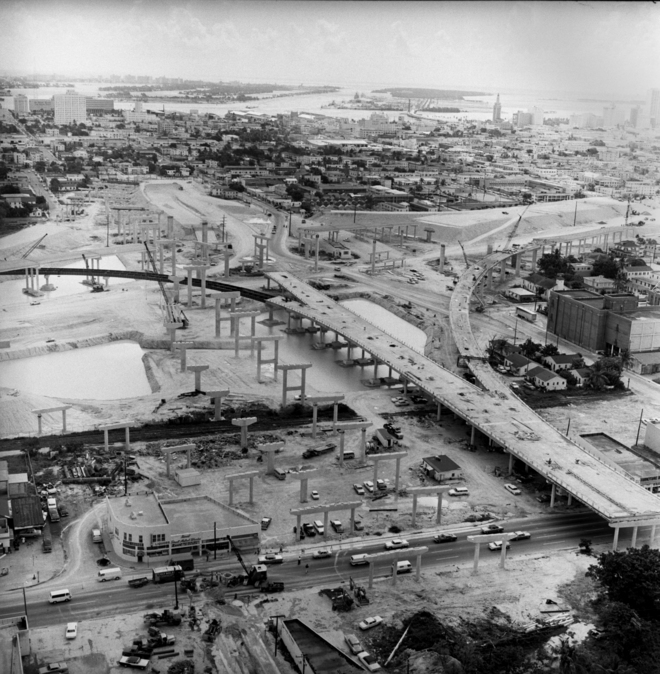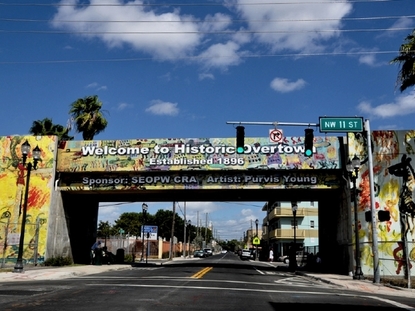Overtown
Sources:
[1] “Overtown Community”. University of Miami Libraries: Special Collections. Accessed 28 August, 2015 http://library.miami.edu/specialcollections/ohp/communities-overtown/
[2] Rose, Mark H., Mohl, Ryamond A. “Expressways in Miami” in Interstate: Highway Politics and Policy Since 1939. (2012). 3rd ed. 117 – 122
[3] Metropolitan Dade County, City of Miami. Magic City Center Plan For Action. (State University Libraries of Florida, 1960). accessed August 28, 2015. http://digitool.fcla.edu/
[4] Connolly, N.D.B., "Colored, Caribbean and Condemned: Miami's Overtown District and The Cultural Expense of Progress 1940-1970," Caribbean Studies 34, no.1 (2006)
[1] “Overtown Community”. University of Miami Libraries: Special Collections. Accessed 28 August, 2015 http://library.miami.edu/specialcollections/ohp/communities-overtown/
[2] Rose, Mark H., Mohl, Ryamond A. “Expressways in Miami” in Interstate: Highway Politics and Policy Since 1939. (2012). 3rd ed. 117 – 122
[3] Metropolitan Dade County, City of Miami. Magic City Center Plan For Action. (State University Libraries of Florida, 1960). accessed August 28, 2015. http://digitool.fcla.edu/
[4] Connolly, N.D.B., "Colored, Caribbean and Condemned: Miami's Overtown District and The Cultural Expense of Progress 1940-1970," Caribbean Studies 34, no.1 (2006)


